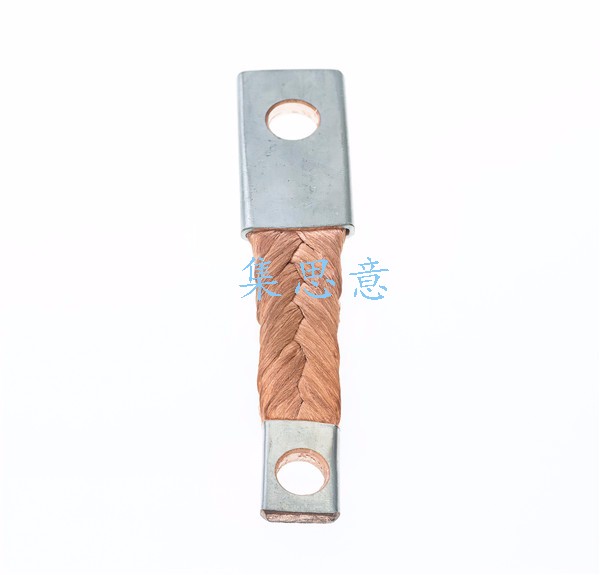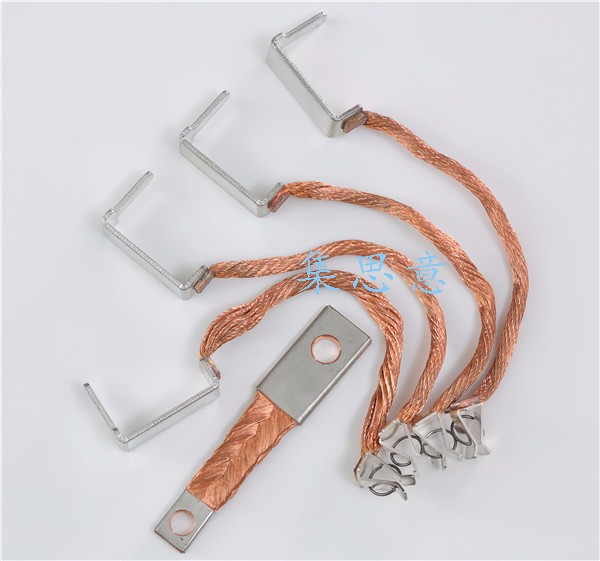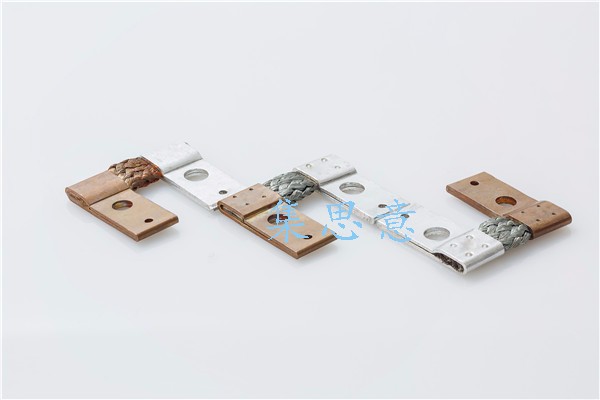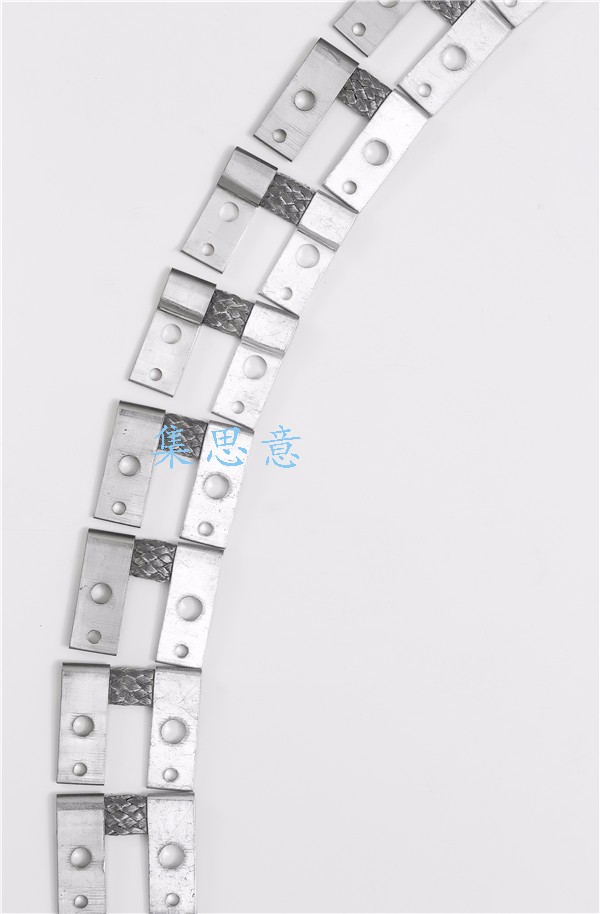Application of Aluminum Flat Braided Wire in Automotive Electronics Field
Aluminum flat braided wire is a flat conductor made mainly of aluminum and woven from multiple strands of aluminum wire. With its unique structure and performance, it has been widely used in various fields.
From a structural perspective, aluminum flat braided wire is usually woven from dozens or even hundreds of thin aluminum wires through specific processes, forming a flat shape. This weaving structure gives it both good flexibility and mechanical strength. Compared to single stranded aluminum wire, it can better adapt to complex installation environments such as bending and twisting, and is less likely to break due to deformation. At the same time, the flat shape increases the contact area with the connecting components, which helps to improve the stability of current conduction.
In terms of performance, aluminum flat braided wire has many advantages. Firstly, aluminum material itself has good electrical conductivity. Although its conductivity is slightly lower than copper, combined with its low density and light weight, it has advantages in some weight sensitive scenarios and can reduce the overall load of equipment. Secondly, after weaving treatment, the heat dissipation performance of the wire is optimized, and the gaps formed between multiple strands of aluminum wire are conducive to heat dissipation, which can reduce the accumulation of heat caused by current transmission and lower the risk of overheating. In addition, aluminum flat braided wire also has certain corrosion resistance and can maintain stable performance in dry environments. Its corrosion resistance can be further improved through surface treatment (such as anodizing).
The application field of aluminum flat braided wire is very wide. In the power industry, the lead wires commonly used for equipment such as transformers and reactors utilize their good conductivity and flexibility to achieve efficient power transmission. In the field of rail transit, it can serve as a connecting wire inside locomotives, adapting to vibrations and spatial limitations during vehicle operation. It can also be seen in industrial equipment such as electrolytic cells and smelting equipment, meeting the needs of industrial production with its temperature resistance and conductivity characteristics. In addition, aluminum flat braided wire also plays an important role in the shielding layer or reinforcement layer of some special cables, which can not only shield electromagnetic interference but also enhance the structural strength of the cable.
In short, aluminum flat braided wire has demonstrated irreplaceable value in many fields due to its unique structure and performance. With the continuous development of industrial technology, its application scope will further expand.
From a structural perspective, aluminum flat braided wire is usually woven from dozens or even hundreds of thin aluminum wires through specific processes, forming a flat shape. This weaving structure gives it both good flexibility and mechanical strength. Compared to single stranded aluminum wire, it can better adapt to complex installation environments such as bending and twisting, and is less likely to break due to deformation. At the same time, the flat shape increases the contact area with the connecting components, which helps to improve the stability of current conduction.
In terms of performance, aluminum flat braided wire has many advantages. Firstly, aluminum material itself has good electrical conductivity. Although its conductivity is slightly lower than copper, combined with its low density and light weight, it has advantages in some weight sensitive scenarios and can reduce the overall load of equipment. Secondly, after weaving treatment, the heat dissipation performance of the wire is optimized, and the gaps formed between multiple strands of aluminum wire are conducive to heat dissipation, which can reduce the accumulation of heat caused by current transmission and lower the risk of overheating. In addition, aluminum flat braided wire also has certain corrosion resistance and can maintain stable performance in dry environments. Its corrosion resistance can be further improved through surface treatment (such as anodizing).
The application field of aluminum flat braided wire is very wide. In the power industry, the lead wires commonly used for equipment such as transformers and reactors utilize their good conductivity and flexibility to achieve efficient power transmission. In the field of rail transit, it can serve as a connecting wire inside locomotives, adapting to vibrations and spatial limitations during vehicle operation. It can also be seen in industrial equipment such as electrolytic cells and smelting equipment, meeting the needs of industrial production with its temperature resistance and conductivity characteristics. In addition, aluminum flat braided wire also plays an important role in the shielding layer or reinforcement layer of some special cables, which can not only shield electromagnetic interference but also enhance the structural strength of the cable.
In short, aluminum flat braided wire has demonstrated irreplaceable value in many fields due to its unique structure and performance. With the continuous development of industrial technology, its application scope will further expand.






